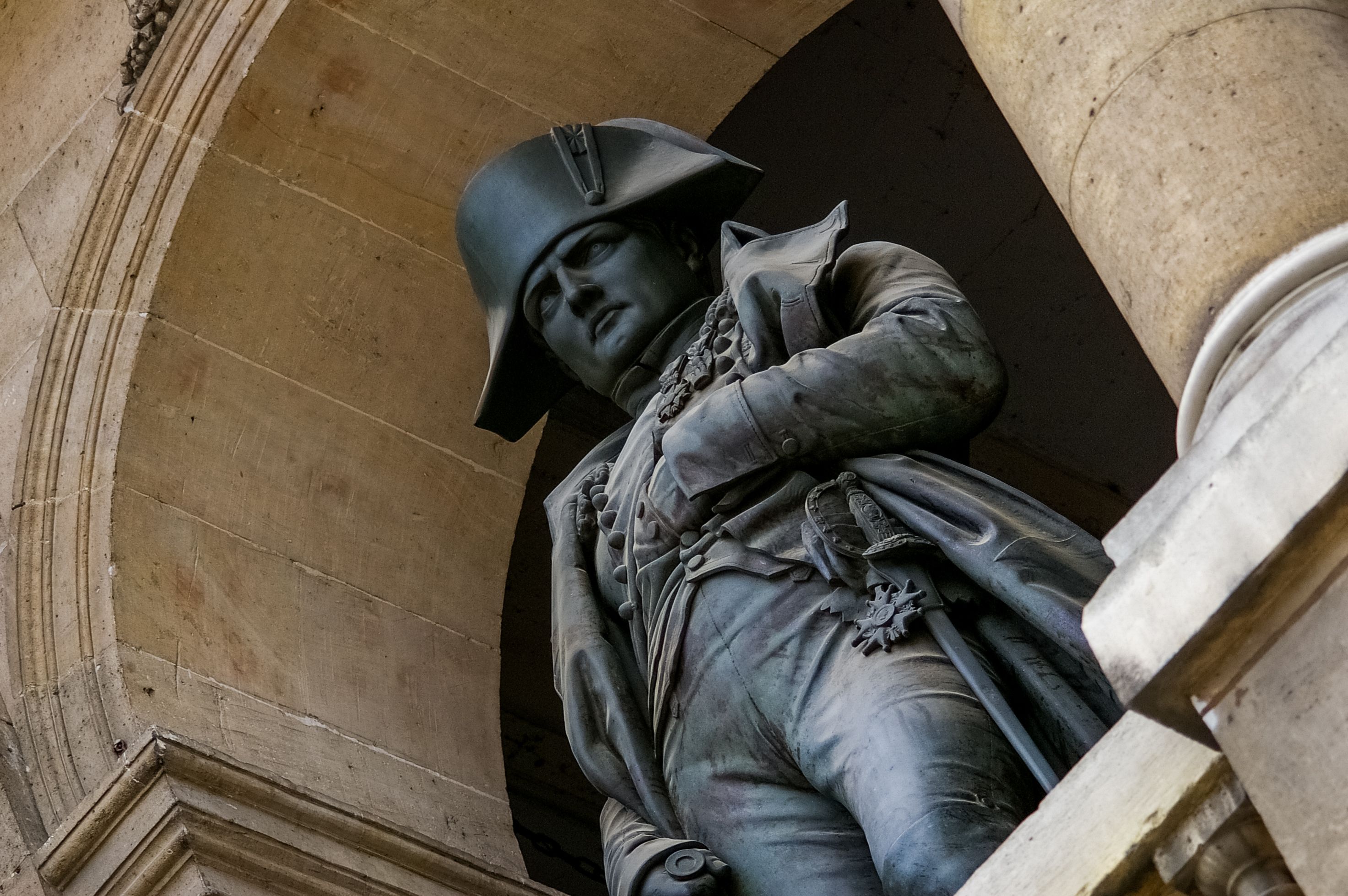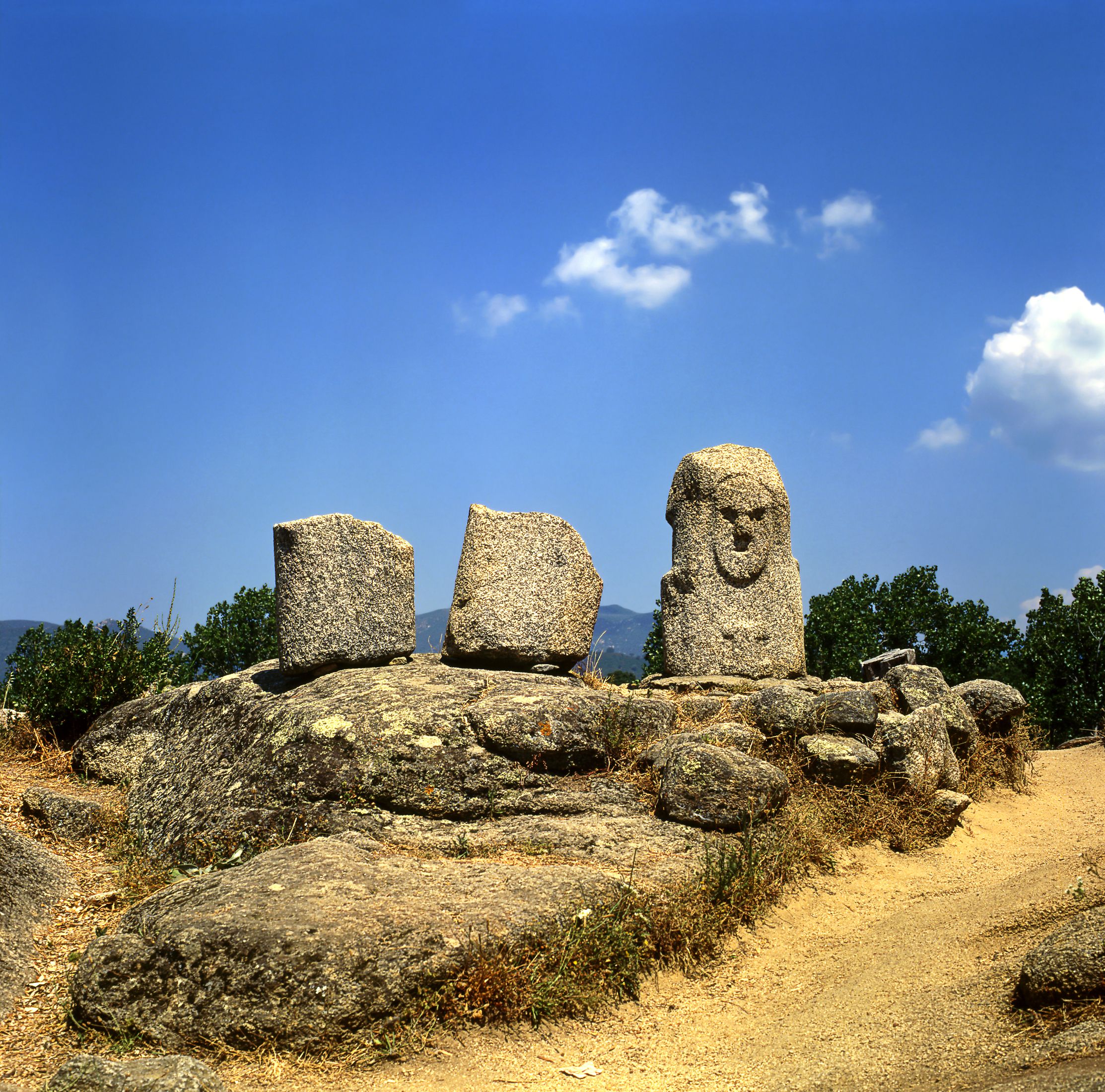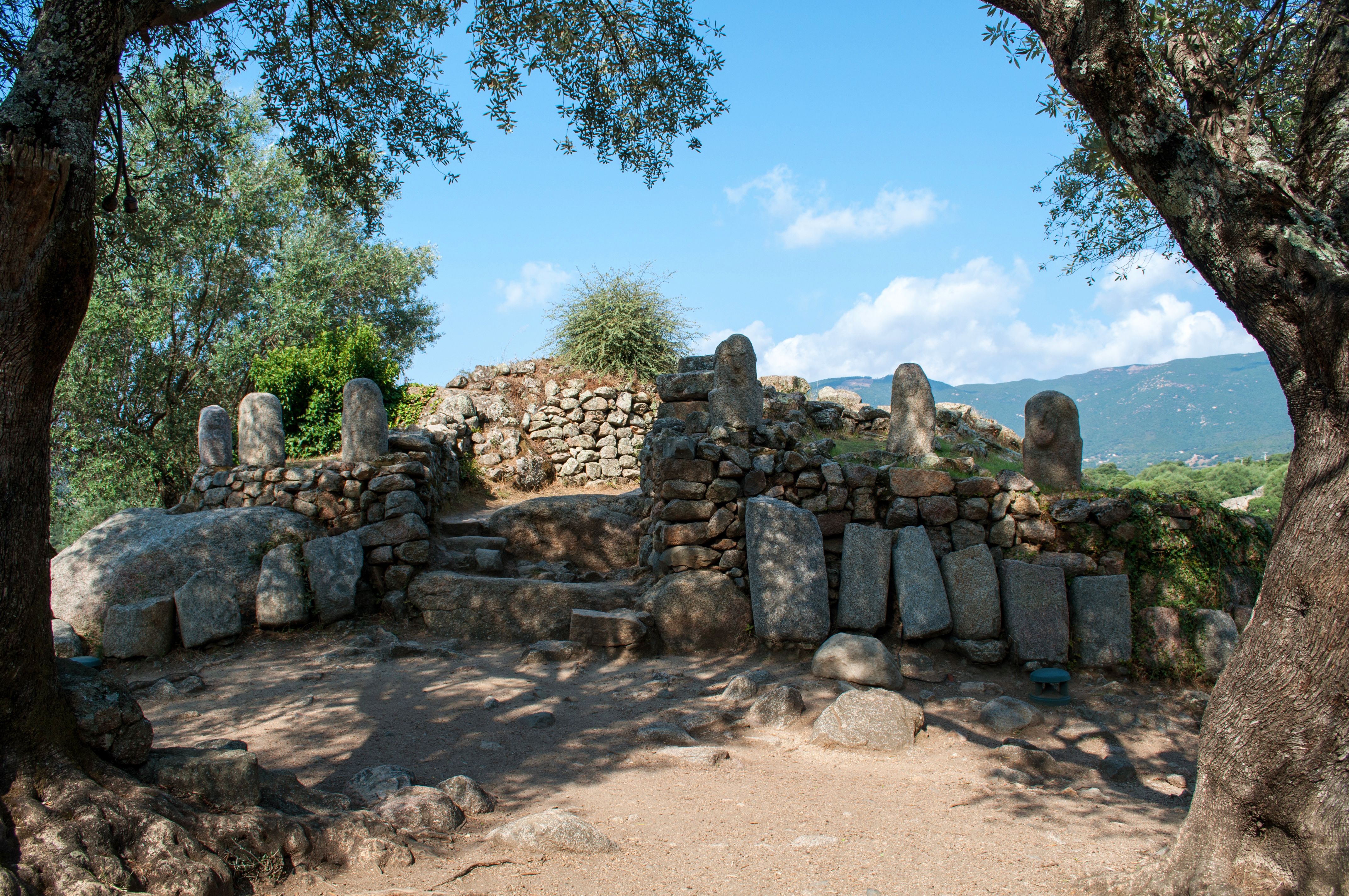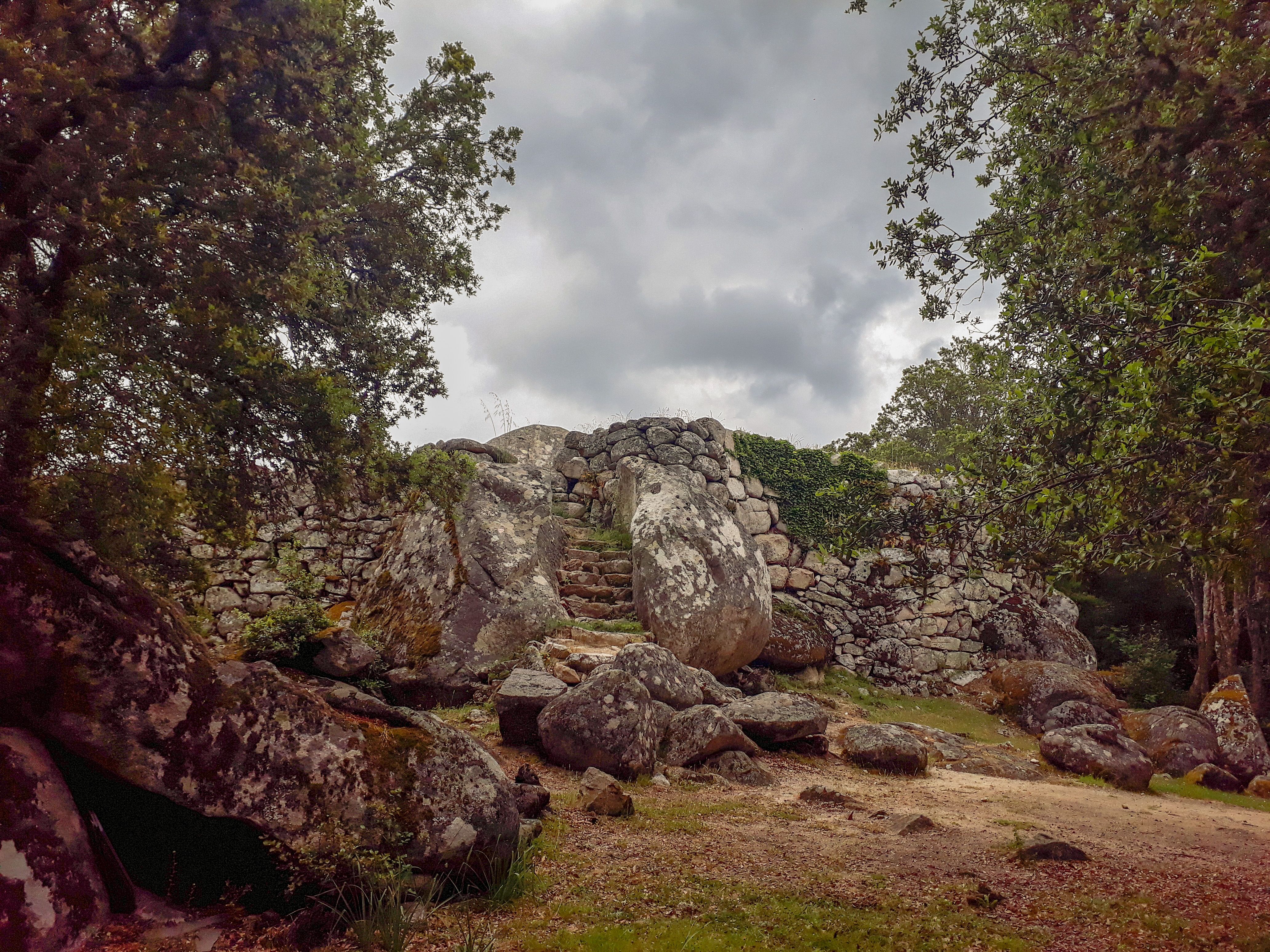Corsica: The Land of Freedom Fighters and Statue Menhirs

At the forefront of many people’s first thoughts of Corsica is the island’s most famous son, Napoleon and it is, indeed, here that one is best able to appreciate who he was and why he surrounded himself with his family. Peering at the portrait of Corsican nobles in the Bastia Museum, one realizes how insular the island was and how provincial they must have seemed to the French elite. The many artefacts referring to Genova in this museum, also underline how Napoleon, like all Corsicans, spoke a version of Italian in everyday parlance (Corsican derives from Genoese and Tuscan), while retaining Italian itself for official purposes.
Born the year after Corsica became French, Napoleon must have initially struggled to be taken seriously in France, given his imperfect French, whose Italianisms pepper his written correspondence. Gaping at the bombastic portraits of the emperor in the museum of his hometown, Ajaccio, adjacent to the Bonaparte mausoleum erected by Napoleon III, one can ascribe the Bonapartes’ shrill triumphalism to latent insecurities, as well as to tribalism which is inherently Corsican.

In the Roman period, Corsica was the land of exile, as Seneca found out, while, in the 15th century, the Genoese handed over control of the island to its Banco di San Giorgio in the attempt to instil law and order on the island. As ubiquitous Corsican flags and numerous references to him attest, this is above all the land of Pasquale Paoli, the inveterate freedom fighter whose campaign against the Genoese ultimately resulted in the Ligurian city ceding the island to France. Corsican pugnacity and its drive for freedom is palpable from its flag, which Paoli changed in order rally his people around the cause of liberation, changing the bandana so that it would no longer cover the Moor’s eyes, making him free as it were.
Placed against this background, strife, immersed in this rugged landscape, could be seen to be integral to the island’s Neolithic and Bronze Ages, which are arguably the most compelling periods in the island’s history.
Around the same time as Sardinia was producing its proto nuragi, in the end of the 3rd millennium BC, Corsica erected its first torri and casteddi, towers and castles built as strongholds to offer protection to adjacent villages. Filiotosa, first discovered in 1940s and perhaps the most famous of these prehistoric sites, was first occupied the 4th millennium, when its inhabitants took shelter either in large granite blocks called tafoni in native Corsican, which are naturally hollowed through weathering, or in huts whose scant remains of roofs survive. In the middle of the Bronze Age, the population created a series of famous menhirs, including some which are anthropomorphic, including the iconic Filitosa IX a menhir whose head and shoulders are distinguished from the rest of the stone block, and others, like Filitosa V, which are armed with a sword in their fronts and helmets along their backs.


Towards the end of the Bronze Age, these menhirs seemed to have gone into disuse, being re-used in the construction of torri, prompting the scholar Roger Grosjean to postulate that the torri were constructed by an invading people who defeated the indigenous menhir producing culture and purposefully reused the menhirs so as to establish their dominance over them. Linking these Torreans, as they have been called, to the nuragic Sardinians, Grosjean argued that they were the Sherdan, mentioned in the famous inscription from Medinet Habu which describes Rameses III fighting against Sea Peoples. More recently, scholars, have viewed the Sea Peoples and their role in the Bronze Age collapse in more nuanced terms and have seen the change in use of the menhirs in Corsica as part of cultural evolution rather than marauding invaders.
The 20 statue menhirs found in Filitosa are a fraction of the 800 odd menhirs that have been excavated in Corsica. While this number is dwarfed by the 3000 or so menhirs found in Carnac in Brittany, what makes the Corsican menhirs exceptional is the high frequency of statue menhirs. Indeed, there are 73 sculpted menhirs in Corsica, comprising a significant proportion of the total found in France. Although the function of Corsican menhirs is shrouded in mystery as it is everywhere, the fact that the menhirs are 2-3 metres tall, more anthropomorphic in size than their Breton equivalents, and that so many are clearly meant to represent men and even warriors suggests that menhirs were seen as guardians protecting habitations or funerary sites. This is the sense that one gets from the warrior menhir that protects the site of Capula, adjacent to the wonderful site of Cucuruzzu. The enormous alignment in Palaghju, comprising 258 menhirs, the largest found in the Mediterranean, may have been erected to protect a sacred space. What the menhirs were protecting people from is unknowable but could include evil spirits, as well as human enemies.

Nestled in the mountainous interior of the island, Cucuruzzu is an evocative site which has been reclaimed by the Corsican landscape. Walking through the forest, alongside enormous granite tafoni which may have once used as shelters, one comes to an imposing casteddu, made all more staggering by the fact that the village which grew alongside it has left scant traces. Impressively, the inhabitants worked with what their environment offered, making the most of the spaces outlined by massive granite boulders, such as the entrance to the casteddu, which was determined by a split in gigantic blocks of stone. Clambering up the casteddu, one is immersed in the neolithic as, on the basis of archaeological finds, we can visualize the way in which the inhabitants used separate spaces for butchery, the production of pottery and grain storage. Inside the turre constructed in the casteddu, its corbelled ceiling can’t help but bring to mind the nuragi constructed by their Sardinian contemporaries.
With modern scholarship moving away from theories of Torreans, or the Sherdan, conquering indigenous peoples, the history of Corsica appears to be less pugnacious as it once seemed. This is the message one retrieves from the Prehistoric Museum of Levie, a short distance from Cucuruzzu, which hosts the intriguing remains of the Lady of Bonifacio dating to 6000 BC, before Filitosa and Cucuruzzu were thriving. What makes her extraordinary is that she was disabled in a number of ways; unable to make full use of one of her arms and not able to walk with ease, she was entirely reliant on her community to sustain her. In the end, it transpires that not all Corsicans are hell bent on freedom fighting or conquering Europe.

